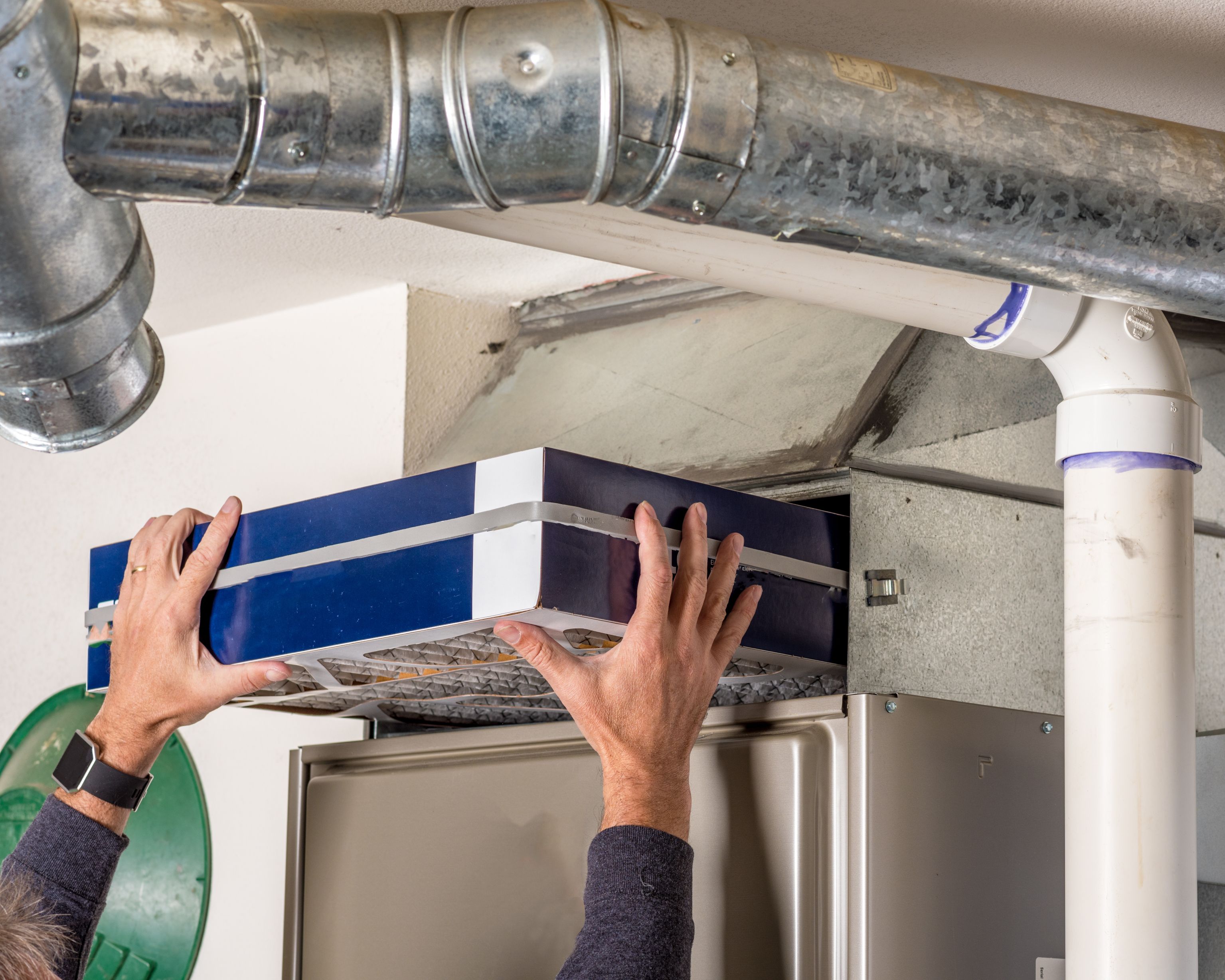Furnace Filters Choices And Maintenance
The sole purpose of furnace filters is to take dust out of the air. There are five different types of furnace filters. Which kind of filter you choose is mostly a matter of budget and personal preference. No matter which kind of filter you decide on, it will have to be periodically cleaned and replaced.
The simplest filter is spun glass. They are also the most economical and least efficient. The spun glass filter was commonly used on furnaces in the 1970s. They remove up to 15 percent of the dust in the air. That is enough dust to protect the fan, but it doesnt do much good besides that. Of all filter types, spun glass lets the most dust through. They are disposable, and need to be replaced monthly.
Another filter choice is fiber. They are essentially made from spun plastic, and are more efficient than spun glass. The main difference between fiber and spun glass is that a fiber filter is washable so you do not have to replace it each month.
One of the best choices for furnace filters is a media filter. Essentially, a media filter is a spun glass filter with a pleated fiber core. They are much more efficient dust catchers, removing between 45 and 90 percent of the dust in the air. They are disposable like spun glass filters, but they last longer. You only need to replace a media filter once every three months. They last even longer if you have enough room in your furnace to place a cheap spun glass filter in front of it.
Electrostatic filters are recyclable, unlike media and spun glass. They are layered to form an electrostatic charge that draws dust out of the air and into a foam filter. This filter is made of plastic, so you can wash it instead of throwing it away. Electrostatic High - Efficiency Particulate Air (HEPS) filters can remove 99 percent of air pollutants. They need to be cleaned every three months.
The most expensive type of furnace filter is the electrostatic precipitator. They are similar to an electrostatic filter, but they need a power source to supply the electric charge. Air flow is restricted with precipitators, so a booster fan is usually included. Installation is complicated and best left to an air conditioning professional. They are highly efficient, filtering down to 0.001 micron. That is enough to take smoke and any other pollutant out of the air. Although they need a power supply, they only use as much electricity as a light bulb. Electrostatic precipitators need to be cleaned once every three months.
Cleaning a furnace filter is easy and necessary to keeping the efficiency of your furnace. A disposable filter is obviously easiest because you just throw it away and replace it with a new one. Other filters can be vacuumed or washed and reused. In either case, removal of the filter is the same. Take of the access panel; and set it aside. For older furnaces, the filter fits into a groove and lifts in and out easily. With newer furnaces, the filter is help in place with a flexible metal arm. To remove the filter, lift up the arm and swing it until the filter comes loose. Once removed, vacuum the filter to remove loose surface particles. Next, rinse thoroughly with water using a hose outside or in a bathtub. The filter can then be reinstalled, even if still wet.
Trying to push air through clogged furnace filters is like trying to force water through a brick. A clogged filter will make your furnace run inefficiently, eating up all of the savings that your furnace promised.
Category: Furnace Sales & Service
Related Articles
Business News
Popular Posts
- Universal Pursuit of Happiness - Wisdom from World Religions
- Overcoming Ego and Self-Centeredness - Lessons from World Religions
- Transcending Materialism - Spiritual Practices from World Religions
- Overcoming Prejudice and Intolerance - Guidance from Global Faiths
- How Mind Balance Can Improve the Mindsets of Employees
- Interfaith Insights by 1WorldPeace - The Top 100 Universal Beliefs in Global Spirituality
- Bridging Beliefs - Finding Common Ground in Love and Respect
- The SmartGuy Vision - A United Future Through Interfaith Love and Respect
- A Cautionary Vision - The Grim Future of a Divided World Without Love and Balance
- A Tapestry of Faiths - Exploring the Common Threads in World Religions
- Fostering Harmony Among Christianity Islam Buddhism Hinduism and Judaism
- Preparing Kids for Adulthood - 15 Vital Skills They Wont Learn in School
- Navigating Diversity - Jerusalem's Tactical Approach to Interfaith Harmony
- Clearing Mental Plaque: The Path to Enhanced Communication and Divine Connection
- Why Return to Jesus Christ and the Church
- Top 50 Ways to Live Longer
- Adventurous Romance -The Key to Enhancing Relationship Chemistry
- Pork Tenderloin with Mustard Cream Sauce
- Navigating Technology and Media for Optimal Mental Well-Being
- Understanding the Link Between Mental Health and Substance Abuse
